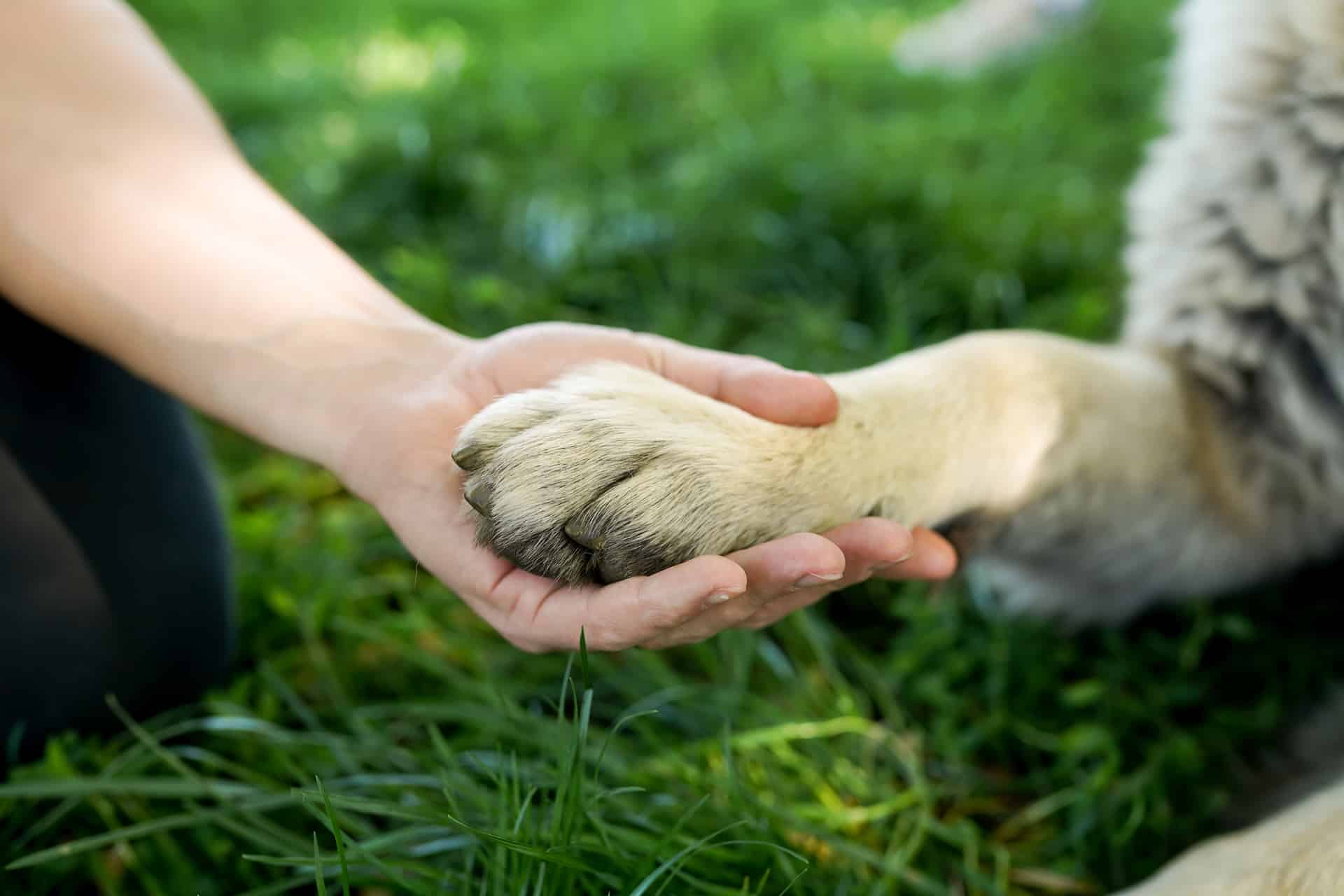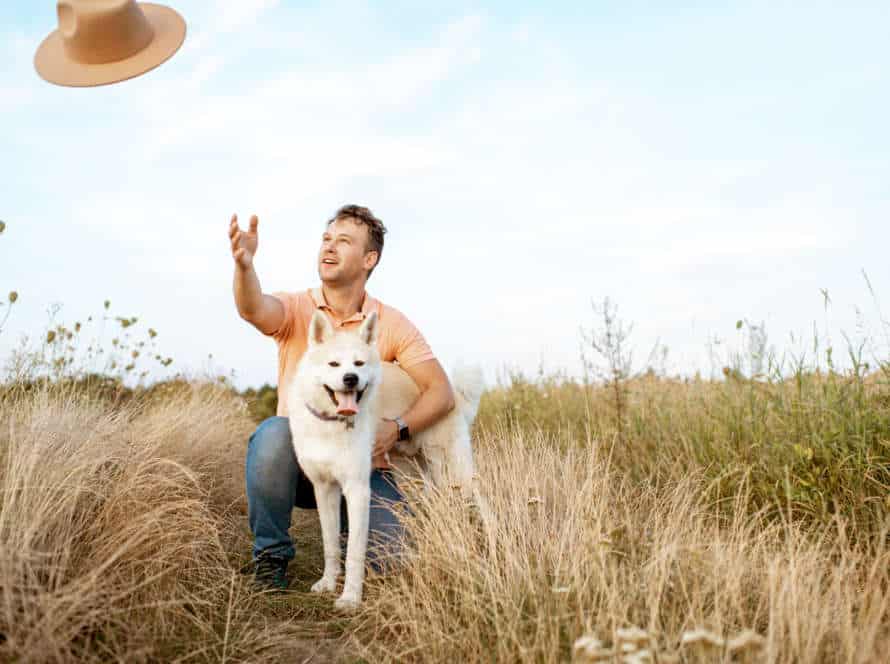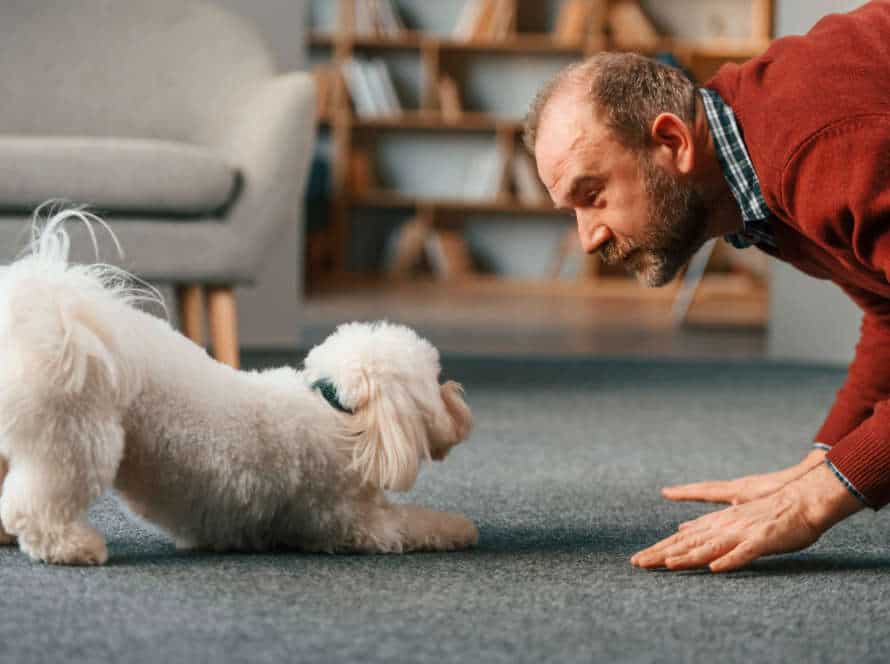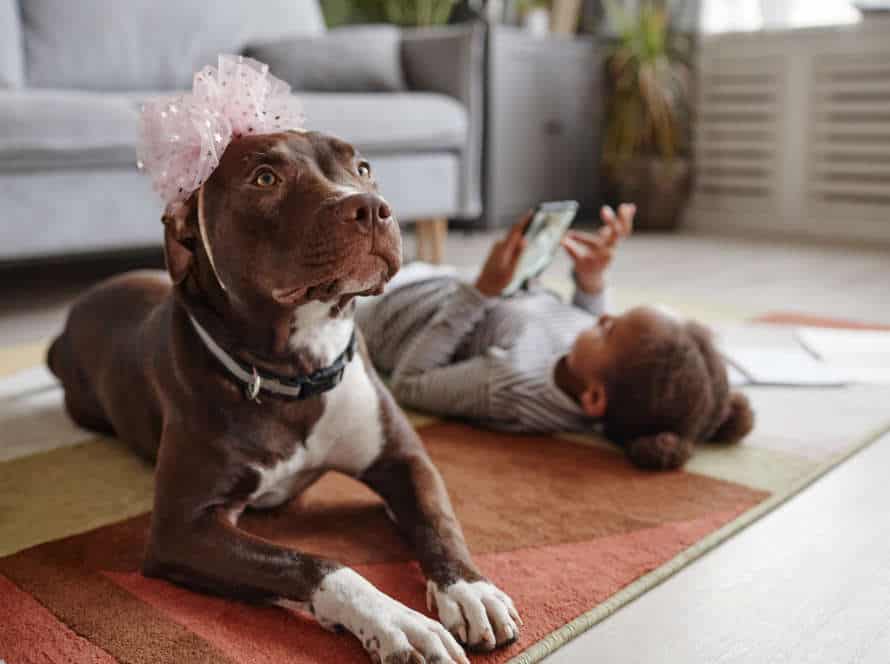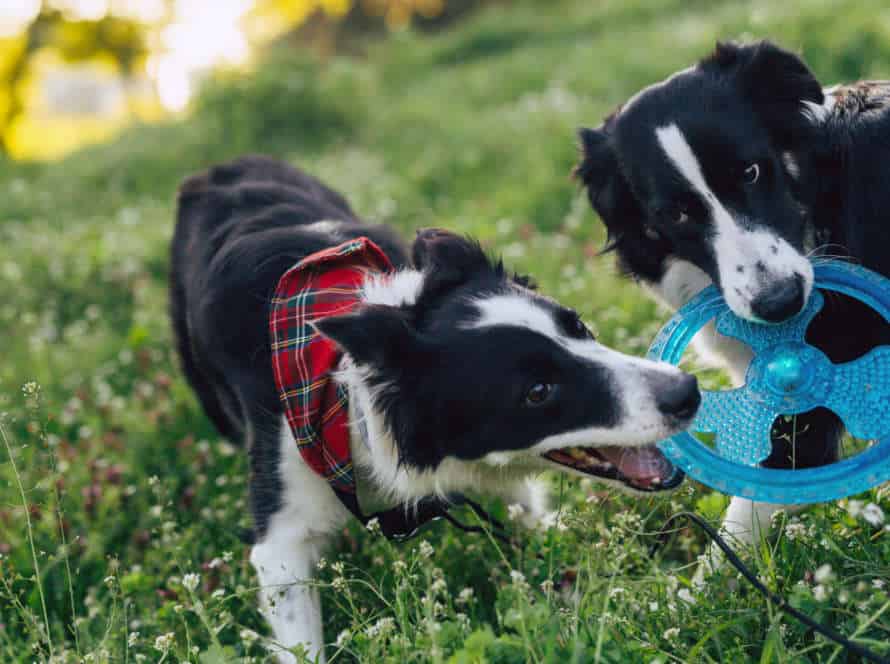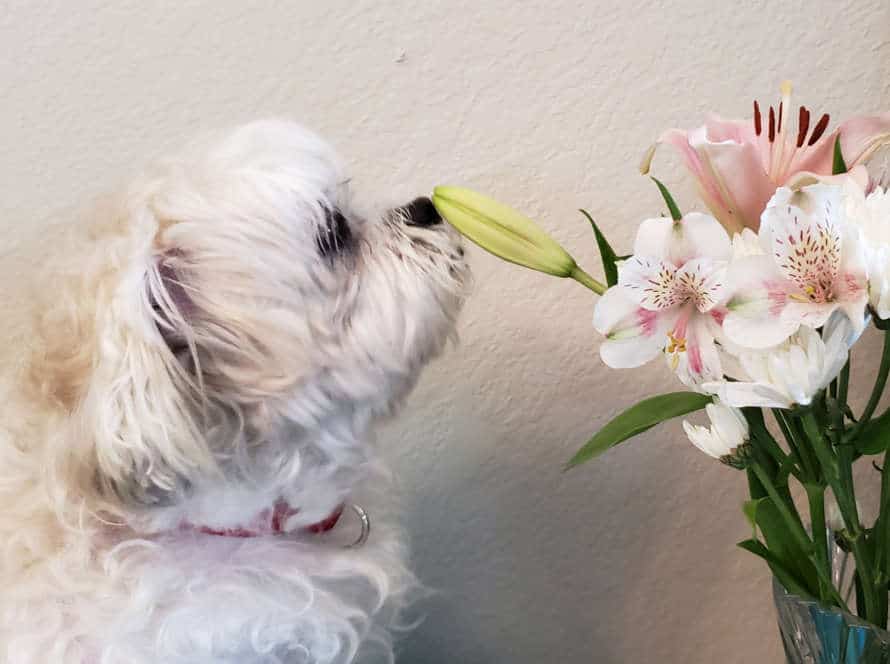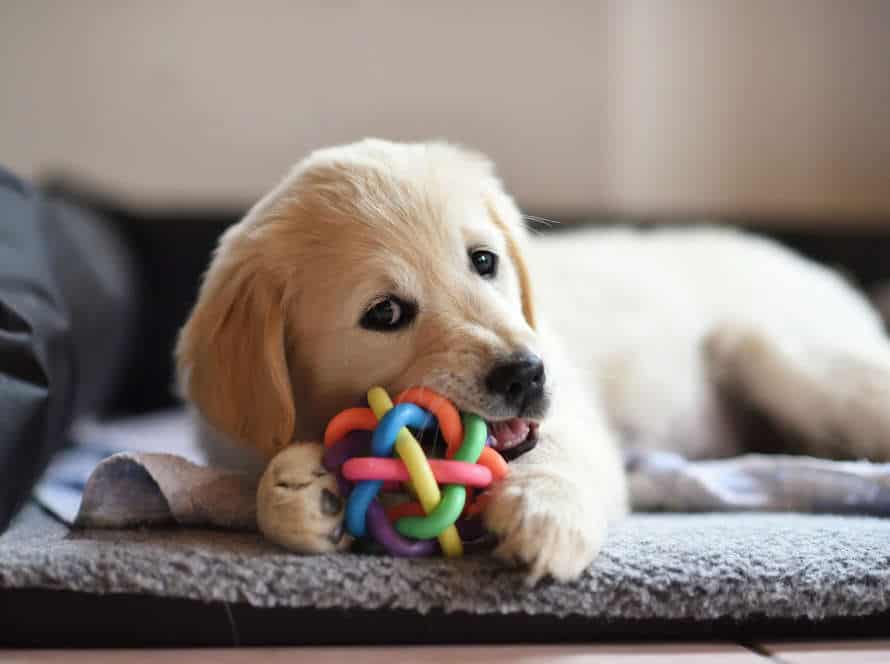Benefits of Adult Dog Trick Training
Adult dog trick training is great for you and your pup! It can help build trust and confidence between you two. Plus, it’s a great way to bond. Let’s look at all the awesome benefits of adult dog trick training.
Strengthening the bond between dog and owner
Adult dog trick training is a great way to strengthen your connection with your pet pooch! It not only gives your pup mental and physical stimulation, but also builds trust and confidence between the two of you. Here are some advantages of this training:
- Boosts Confidence: As your pup picks up new skills, they’ll become more assured in their capabilities and be more willing to explore and learn new things.
- Enhances Communication: Trick training helps improve communication between you and your doggo. When you teach them a new trick, you are educating them to comprehend and react to your commands.
- Promotes Physical Health: Trick training involves physical movement, which is beneficial for your pup’s physical health and well-being.
- Strengthens Bond: Spending time training and playing with your pup helps strengthen the bond between you, leading to a more fulfilling and enjoyable relationship.
Pro tip: Begin with basic tricks like sit, stay, and come before progressing to more advanced tricks.
Building trust and confidence in your dog
Training your adult pup to do tricks is awesome! It builds trust and confidence. Plus, it gives mental and physical exercise. Here are the benefits:
- Confidence-booster – Tricks help pups grow self-confidence. Yay for learning new skills and rewards for effort!
- Obedience-improver – Tricks make dogs better at listening and following commands. They pay attention to owners!
- Mental stimulator – Trick training challenges pups’ minds. It stops boredom and anxiety.
- Bonding-builder – Training sessions help pups and owners bond and build trust. It strengthens their relationship.
Adult dog trick training is a fun and rewarding activity. It’s great for physical and mental health.
Strengthening your dog’s physical and mental capabilities
Train your grown pup new stunts! It can help their physical abilities and mental sharpness, while building their self-belief and trust in you. Here’s what you get:
- Body exercise: Doing tricks needs running, leaping and balancing. This boosts agility, coordination and overall health.
- Brain workout: Learning new talents takes brainpower and problem-solving. That stops boredom and improves their thinking skills.
- Boost the bond: Trick training strengthens the connection with you. It needs positive reinforcement and communication.
- Build confidence: Doing the stunts right boosts their self-assurance, giving them a better mood and temperament.
Work trick training into your schedule. That keeps your pet fit and sharp, and you share a better relationship.
Pro Tip: Give treats, toys and praise to motivate and cheer your pup when training tricks.
Setting Up for Success
For successful adult dog trick training, create a successful environment. Give your pup a special place to learn, with clear rules and limits. This builds trust and cooperation. A positive, peaceful atmosphere helps give your pup confidence.
What’s the foundation for successful adult dog trick training? Let’s find out!
Create a positive training environment
Creating a positive training atmosphere is essential when teaching your adult dog new tricks. It boosts their confidence and strengthens the bond between you two. Here are some tips to help you create a positive environment:
- Utilize positive reinforcement- Praise and give treats when they do the trick right. Avoid using punishment or negative reinforcement; it can cause fear and ruin your trust.
- Keep training sessions short- Adult dogs have a limited attention span, so keep it to one trick at a time.
- Choose a noiseless, distraction-free zone- Pick a quiet spot with no other pets, loud noises, or people. This will help your pooch focus.
- Make it fun- Incorporate playtime and keep it entertaining.
Follow these tips for a successful trick training session with your furry friend!
Choose the right reward system
Reward systems are essential for adult dog trick training. Good rewards can increase your dog’s confidence, trust, and enthusiasm for learning. Consider these options:
- Treats? Pick small, soft treats easy for your pup to chew and swallow.
- Verbal praise? Dogs love being praised for good behavior. Use a high-pitch, positive tone.
- Toys? Some dogs react well to playtime rewards. Get your pup’s favorite toy.
- Petting? Many dogs enjoy physical contact like petting and cuddling. Use this as their reward.
Consistency and immediacy are key – give the reward right after the desired behavior. This will help reinforce it and make it more likely your dog will repeat it.
Start with simple tricks and gradually increase difficulty level
When it comes to training an adult pup, it’s key to start with simple tricks. This will help build the trust between you and your furry pal. Plus, you’ll get better results! Here’s how to do it right:
- Begin with basic commands like “sit”, “stay”, and “come”.
- Reward your pup with treats and praise when they obey your orders.
- Once they’ve nailed the basics, try slightly harder tricks like “roll over” or “shake”.
- Keep training sessions brief and regular, 10-15 minutes a day.
- Up the difficulty as your pup gets more confident and comfortable.
- Show patience and kindness, and celebrate successes together.
Pro tip: Make it fun by adding playtime and toys.
Step-by-Step Training Guide
You and your pup can have a great time when you train your adult dog to do tricks! Not only will it make them more confident and strengthen your bond but it’ll also keep them occupied and mentally alert. Here’s a step-by-step guide to get you started on teaching your adult dog tricks. Enjoy!
- Start with the basics: Ensure that your adult dog has mastered basic commands like “sit”, “stay”, and “come”. These commands build the foundation for teaching your dog new tricks.
- Choose a trick to teach: Select a trick that you think your dog will enjoy and which is at an appropriate level of difficulty. We recommend starting with simple tricks like “roll over” or “shake hands”.
- Use positive reinforcement: Reward your dog whenever they exhibit desirable behavior. Treats like their favorite food can be a great motivator. Verbally praising your dog can also work wonders. Negative reinforcement like punishment is not recommended.
- Be consistent: Consistency is key when training your dog. Ensure that you use the same command and rewards for the trick every time you practice to help your dog learn more quickly.
- Challenge your dog: As your dog becomes comfortable with their trick, gradually increase the difficulty level. This will keep your dog mentally stimulated and prevent them from getting bored.
Basic Behaviors: Sit, Stay, and Come
Teaching your adult pup fundamental behaviors, like “sit“, “stay“, and “come” is very important for building trust and fostering their self-assurance. Here’s a step-by-step guide to help you:
- Sit: Hold a treat in front of their nose, then slowly move it up and over their head. As they follow it, their bottom will go down to the ground. Say “sit” when it does and give them the treat. Do this daily, and slowly remove the treat as they start responding to the command.
- Stay: Ask them to sit and put your hand up like a stop sign. Say “stay” and wait a few seconds. Then go back and reward them with a treat. Increase the distance between you gradually.
- Come: Put them on a leash and let them wander. Take a treat and say “come” in an excited tone. As soon as they start coming, back away while still holding the treat and saying “come”. Give them the treat and praise when they reach you. Repeat this daily, removing the leash and practicing in different places.
Pro tip: Be patient and consistent. Use positive reinforcement techniques like treats and loving words to motivate good behavior.
Intermediate Tricks: Shake, High-five, and Roll Over
Teach your adult pup intermediate tricks, like shaking hands, high-fiving, and rolling over. It’s a great bonding experience that builds trust and confidence. Here’s a guide to help you get started:
- Shake:
- Hold a treat in your closed fist.
- Place it near your pup’s nose.
- When they paw or sniff, open your palm and say “shake” or “paw.”
- Reward them with the treat and say “good dog!”
- High-Five:
- Open your palm and offer a treat.
- When your pup touches it with their paw, say “high-five” or “give me five.”
- Reward them with the treat and praise them.
- Roll Over:
- Get them to lay down.
- Hold a treat near their nose, and move it slowly towards their shoulder.
- When they follow it with their nose, they should roll over.
- Say “roll over” and give them the treat and praise.
Pro Tip: Train each trick in a peaceful, no-distraction environment first. Then increase distractions and practice in other places. Patience and consistency are essential for successful dog training!
Advanced Tricks: Play Dead, Dance, and Jump Through a Hoop
Enhance your adult dog’s social skills and build trust with new tricks! Here’s a guide to training your pup to play dead, dance, and jump through a hoop:
Play Dead:
- Command your pup to lie down.
- Hold a treat near their nose.
- Move it towards the floor.
- As their head follows, guide their body onto its side.
- Say “play dead” and reward with the treat.
Dance:
- Stand in front of your pup.
- Hold a treat above their head.
- Move it in a circle.
- As your dog turns, say “dance”.
- Reward with the treat.
Jump Through a Hoop:
- Hold a hula hoop low.
- Call your pup through with a treat.
- Gradually raise the hoop.
- Repeat “jump” and reward with the treat.
With patience and consistency, your pup will master these tricks! It’ll be mental stimulation and exercise that they enjoy.
Troubleshooting Training Issues
It’s essential to recognize and fix any troubles when training an adult dog. Issues can range from an uninterested pup to a reactive pup. Be conscious of these possibilities and have plans in place. By learning how to troubleshoot, you can grow a strong connection with your pup.
Now, let’s go over how to identify and solve training issues.
Needing to adjust training method
Having trouble teaching tricks to your adult pup? You may need to change up your training to gain their trust and confidence. Here’s what you can do:
- Break the trick down into smaller tasks. Give treats, praise and play when they do well.
- No aggressive corrections – it’ll only make them scared of you.
- Include fun activities in the training to keep them interested.
- Be patient and consistent – don’t expect quick results.
- Observe their body language and behavior to see what works. If they’re stressed, take a break and try again.
- Creating a bond is key for successful trick training. Every dog is different – what works for one may not work for another.
Overcoming training setbacks
Troubles with training are common in the world of pup-tricks. But, don’t worry! Here’s how to fix them:
- Work out the root of the problem. Check your dog’s behaviour. Is their environment comfortable? Do they understand the trick? Are they stressed?
- Go back to basics. Try a different tactic or revise an old one.
- Share your appreciation. Give your dog a pat or some praise – it can make a big difference.
- Be patient. Take breaks and don’t train for too long.
By following these steps, you can get back on track with your pup, learn new tricks, and strengthen your bond.
Understanding when to seek professional help
It’s essential to understand when to get professional help with training your adult dog.
Training can be enjoyable and rewarding, however certain issues may need a professional trainer. Such as:
- Aggression toward people/animals
- Fear/anxiety when interacting
- Chewing/digging
- Ignoring basic commands
- Excessive barking/jumping/biting
If these cannot be solved, it might be time to look for a trainer. Find someone who uses positive reinforcement and has experience with dogs with the same issues.
Remember, seeking help isn’t a sign of failure. It’s a proactive approach to helping your dog and their well-being.
Conclusion: Celebrating Your Dog’s Achievements
Teach your adult dog new tricks to build their confidence and trust in you. Celebrate their successes and it will be fun and rewarding! Here are some ideas:
- Verbal praise: Use positive reinforcement and lots of praising words to recognize your pup’s effort.
- Treats: Give them their favorite treats when they learn a new trick.
- Toy play: Play with their favorite toy as a reward.
- Special outings: Go on a special outing, like the park, when they reach a training milestone.
Be patient and consistent in training and have lots of fun with your pup!
Frequently Asked Questions
1. Can adult dogs still learn new tricks?
Yes! Adult dogs are very capable of learning new tricks. In fact, many dogs love to learn and can benefit greatly from trick training. It can also be a great way to bond with your dog and boost their confidence and trust in you.
2. What are some good tricks to start with?
Some good tricks to start with include basic obedience commands like sit, stay, and come, as well as simple tricks like shake, roll over, and play dead. Once your dog has mastered these, you can move on to more complex tricks like crawling, jumping through hoops, or even skateboarding!
3. How long does it take to train a dog a new trick?
The amount of time it takes to train a dog a new trick varies depending on the dog’s age, breed, and temperament, as well as the complexity of the trick. Some dogs may learn a new trick in just a few sessions, while others may take several weeks or even months of consistent training.
4. How often should I train my dog?
Consistency is key when it comes to trick training. It’s important to set aside regular training sessions each day or week, and to stick to a consistent routine. Depending on your dog’s attention span and energy level, you may want to keep sessions short and sweet, or break them up into several shorter sessions throughout the day.
5. Can trick training help with behavior issues?
Yes! Trick training can be a great way to address behavior issues like anxiety, fearfulness, and aggression. By building your dog’s confidence and trust in you, trick training can help to reduce stress and anxiety, and increase your dog’s overall well-being.
6. What should I do if my dog seems uninterested or resistant to trick training?
If your dog seems uninterested or resistant to trick training, it might be time to switch things up. Try incorporating more positive reinforcement and treats, or using a different training method altogether. You can also consult with a professional dog trainer for more personalized advice on how to engage and motivate your dog during training sessions.

